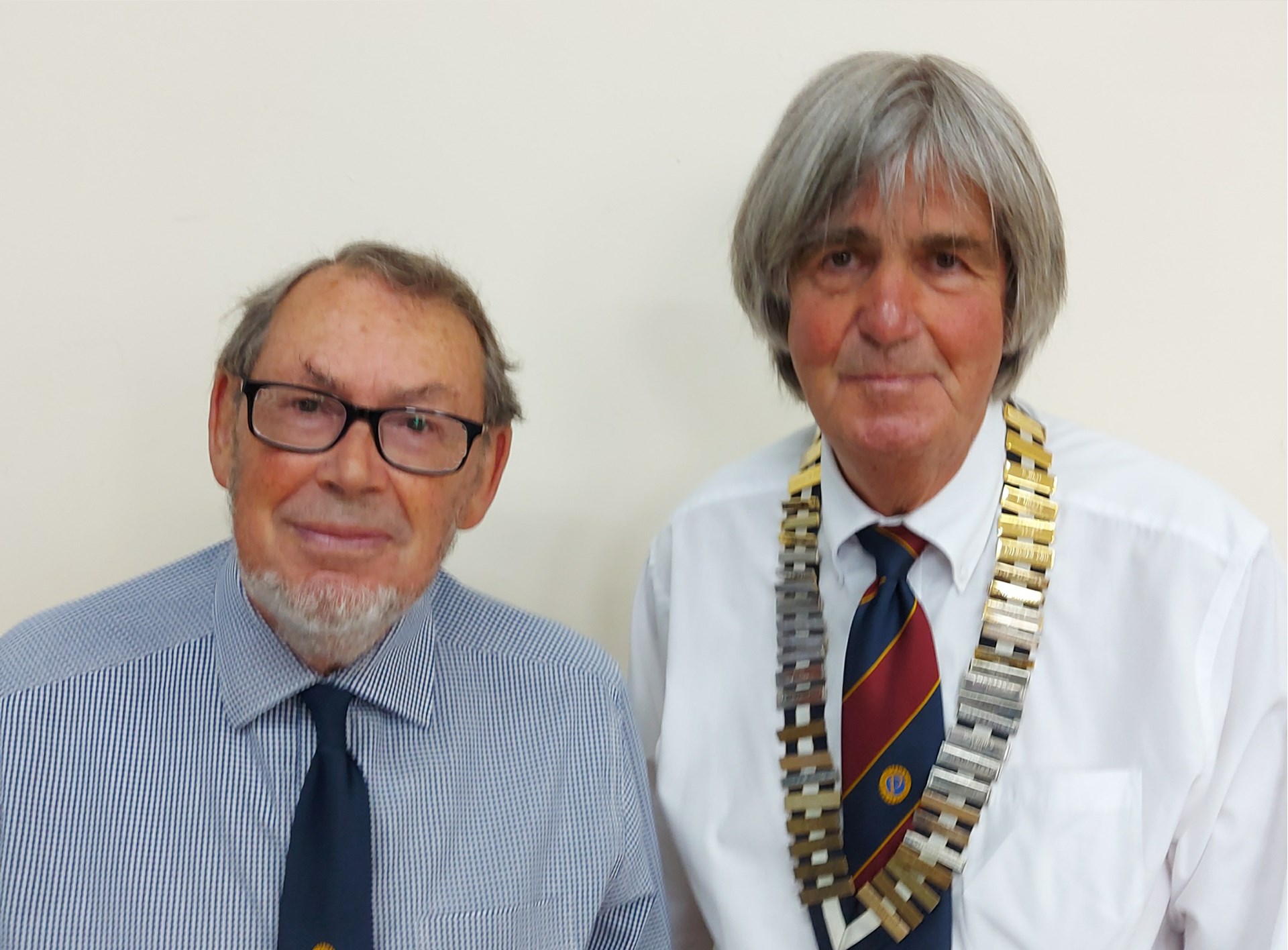Teign Estuary Wonders (20th July 2022)
presented by Roger Avery 20th July 2022.
Recorded by Rick Purnell
The last talk before the summer recess was given to Teignmouth Probus Club members by a favourite returning speaker, Roger Avery, all about the natural history of our own river Teign estuary, encouraging members to go out and explore particularly at low tide.
Estuaries present a particularly difficult environment, the Teign being a shallow estuary (more or less drying out twice a day), has ever changing saline content of the water varying from high salt (sea water), through brackish to fresh water. Estuary water is also high in sediment making it turbid so difficult to see anything. Being swept away by the tides twice a day also presents its problems.
Many life forms prosper either in fresh water or salt water but few in both without some serious adaptions to overcome difficulties in keeping balanced salt fluid content both animal and vegetable.
Organisms with low salt would dehydrate in sea water and the reverse is also the case in fresh water. (The science of osmosis). Only a small number of life forms have adapted mostly a large number of small species particularly Hydrobia. For example, in 1 square metre of estuary mud, the calorific value of such creatures is equivalent to 4 Mars Bars. Many creatures become mud dwellers for protection against dehydration when the water is too fresh or is ‘out’ but emerge when the sea returns. Local examples include, Cockles, Muscles, Baltic Telin, Ottershell, Shrimp, Bristle Worm. Such creatures attract predators such as mud feeders, Oyster Catchers and Curlew to be seen. Fish abound such as Gobbies, Flounders, seasonal Sea Bass, Sea Trout and Salmon attracting predators such as grey Heron, Small Egret, Cormorant with Shell Duck and Mergansers in wintertime. Shore crab abound and at low tide, licenced ‘crab tiles’ can be seen dotted about in rows used to catch Peeler Crabs, a super bait. Barnacles, Limpets and Molluscs adapt by sealing themselves when the saline content is too low or no water at all. When the tide is in, Barnacles leave the rockface and float about to feed but always return to exactly the same resting place. Scientists believe the creatures do this with some form of geomagnetic sensors.
The photo shows the Presenter Roger Avery (left) with our Chairman Malcolm Adams.
The vote of thanks for this fascinating talk was given by member Steve Battersby.
Our next speaker on 7th September is by Anita Cole on ‘Charity work in India’
Teignmouth Probus club meets at Richard Newton Hall Community Centre on the 1st & 3rd Wednesdays at 10:00am
If any retired male readers in Teignmouth would like to know more about us, please visit our website: www.teignmouth-probus-club.org.uk
